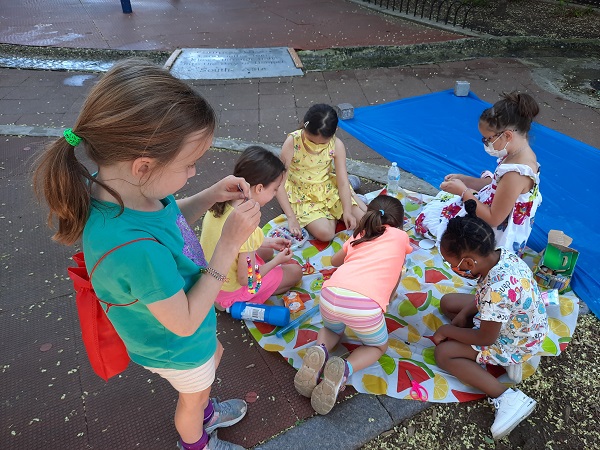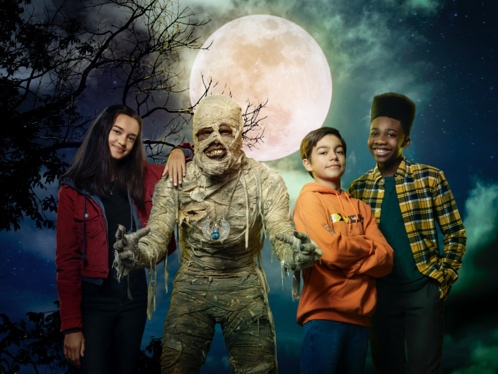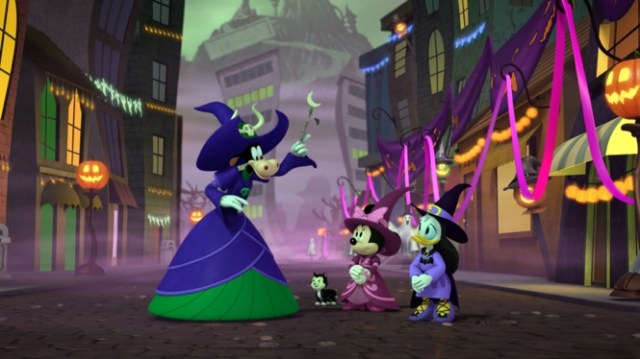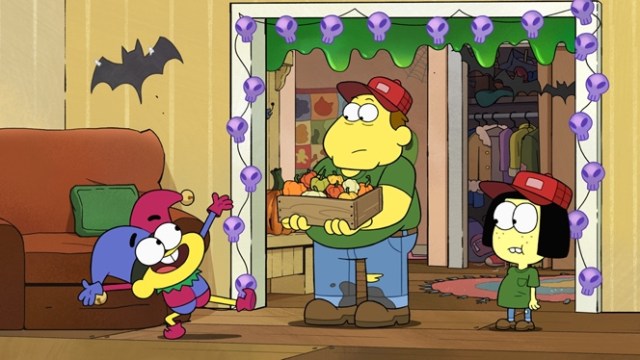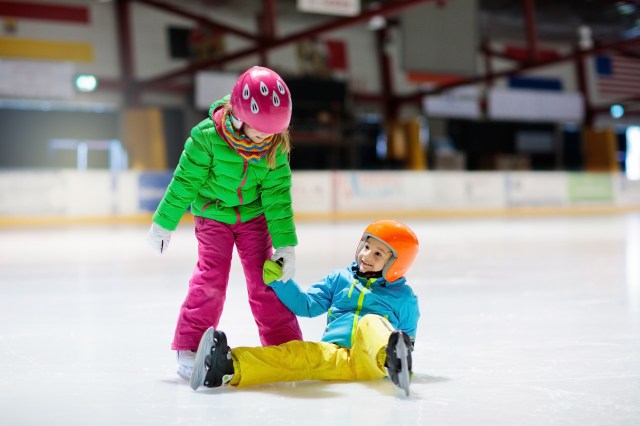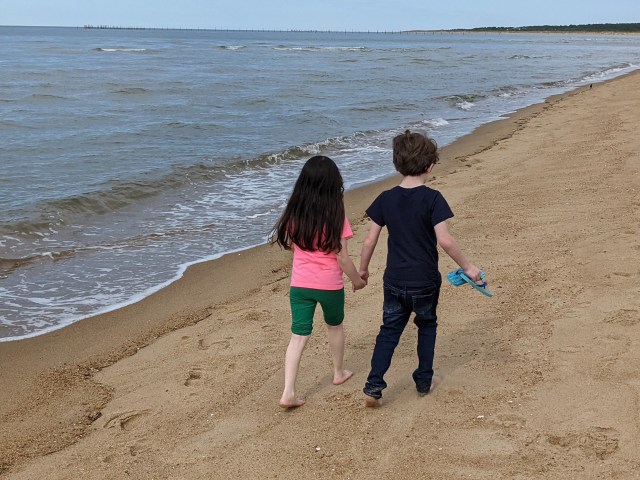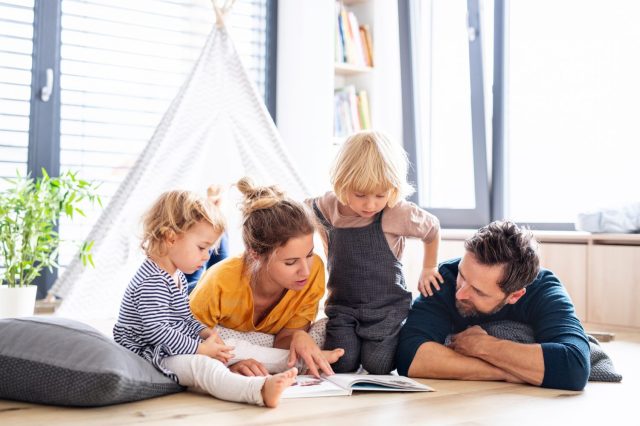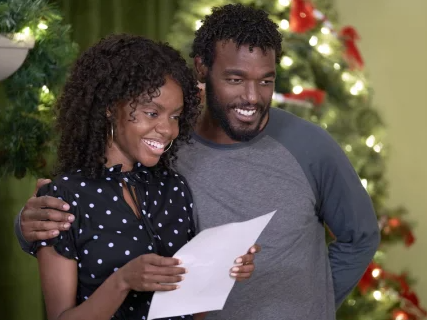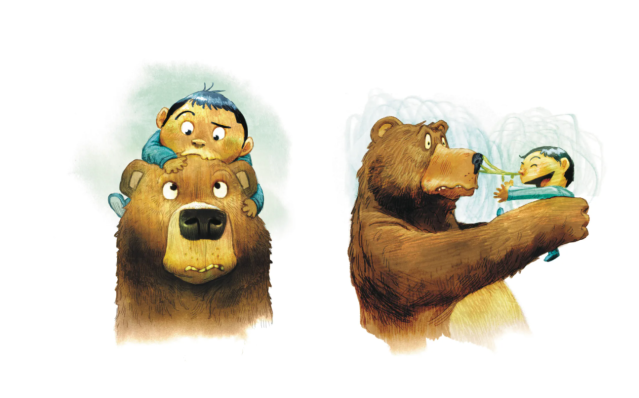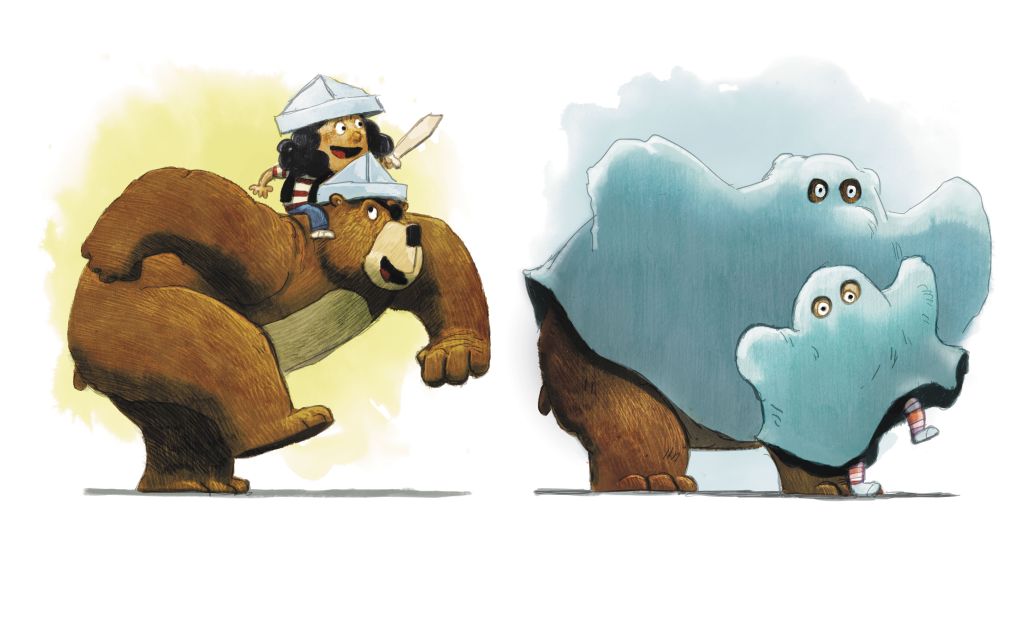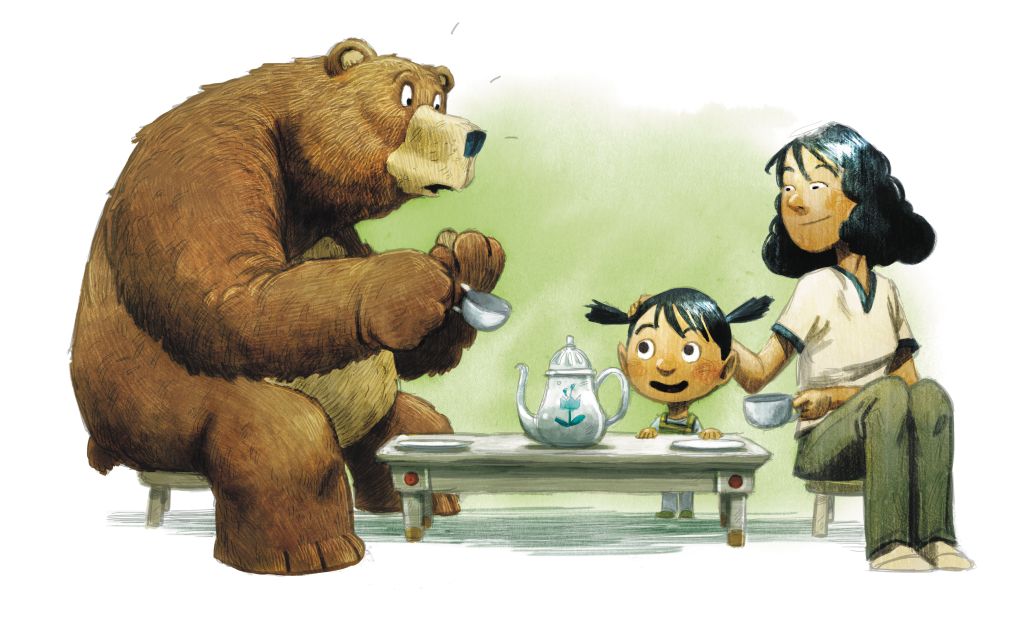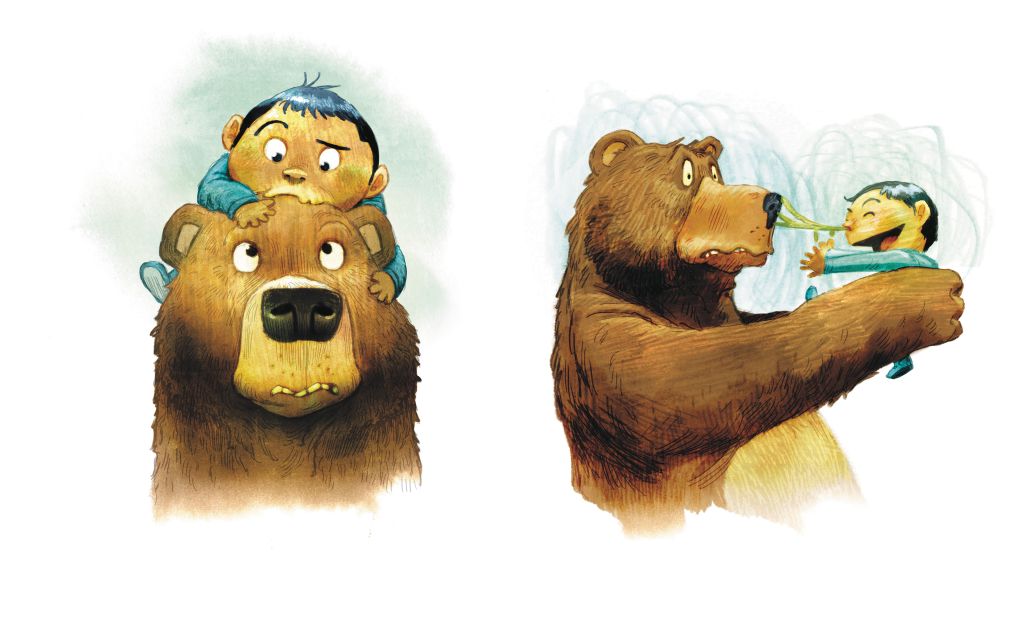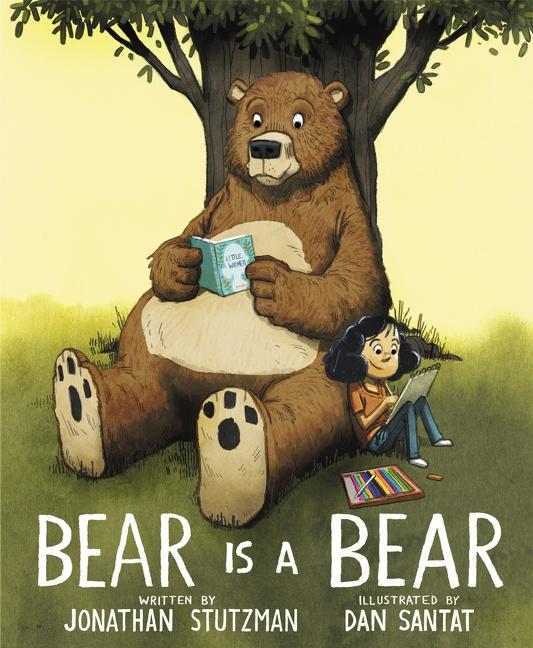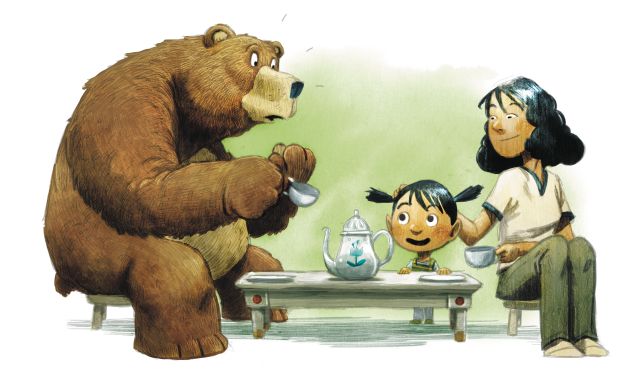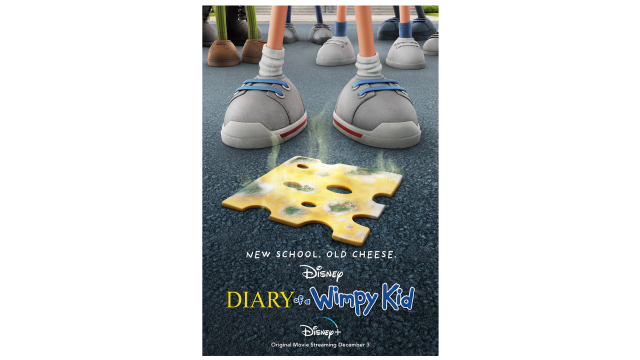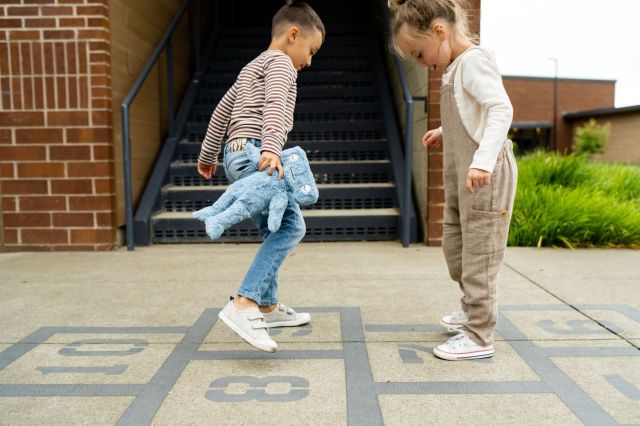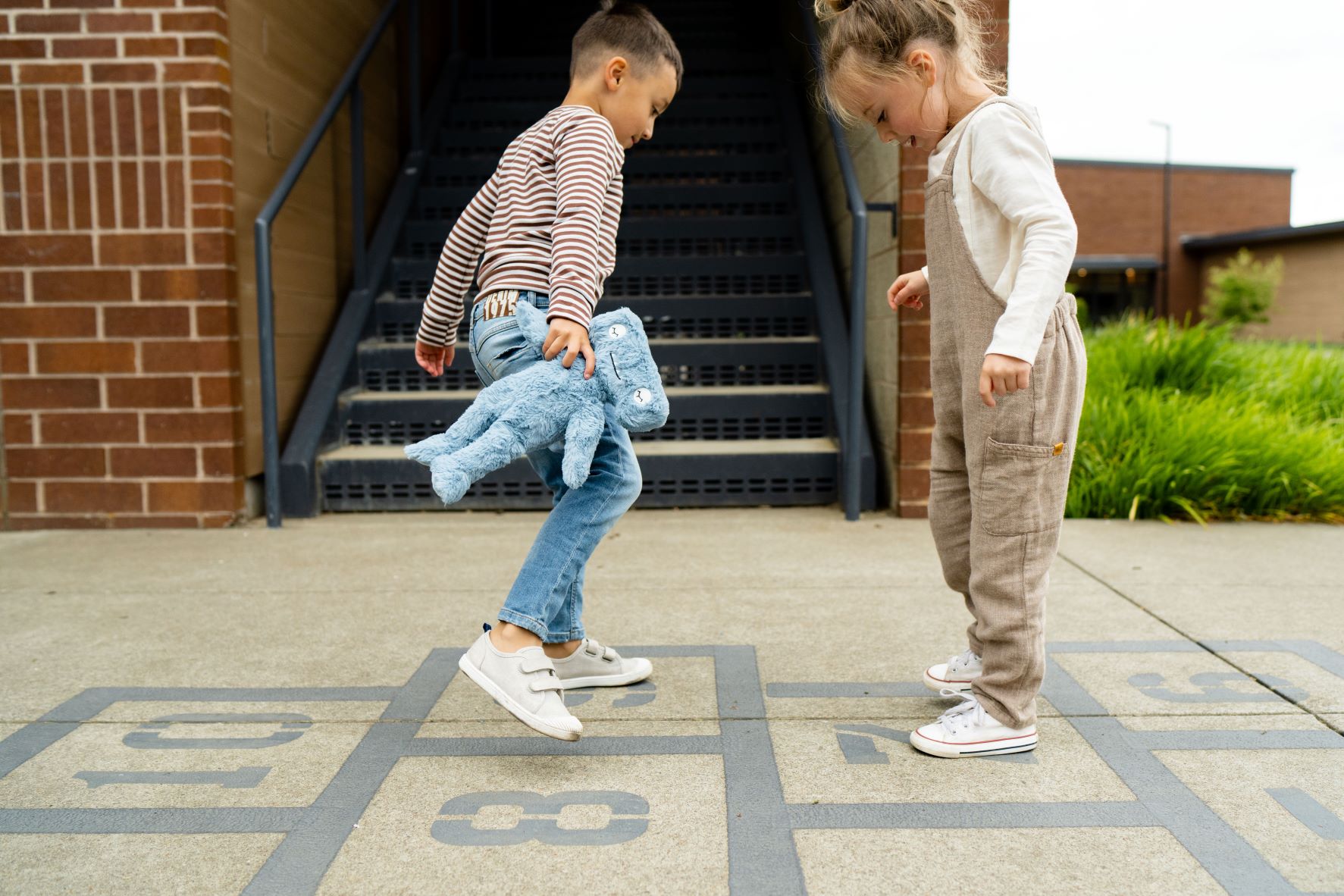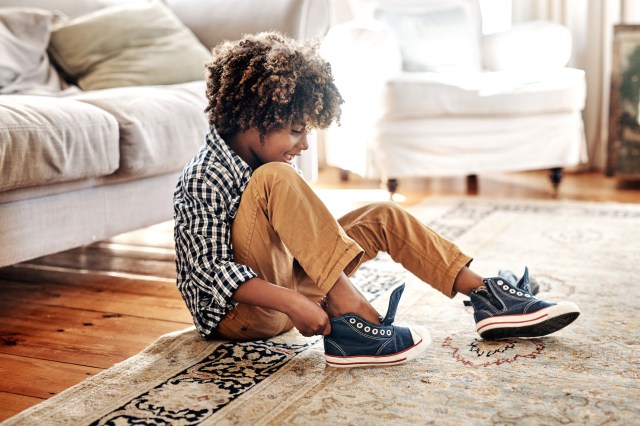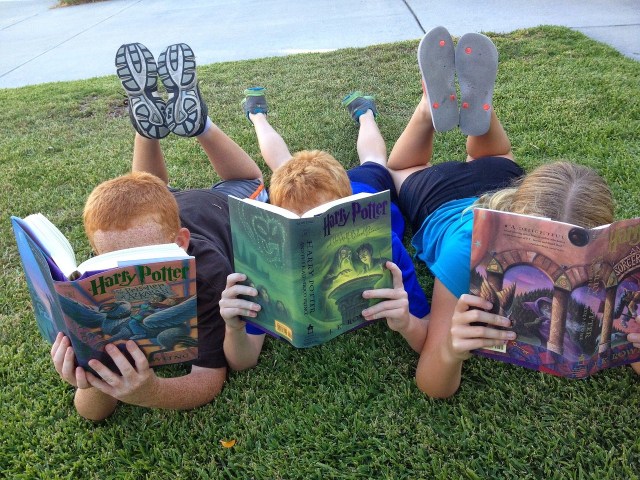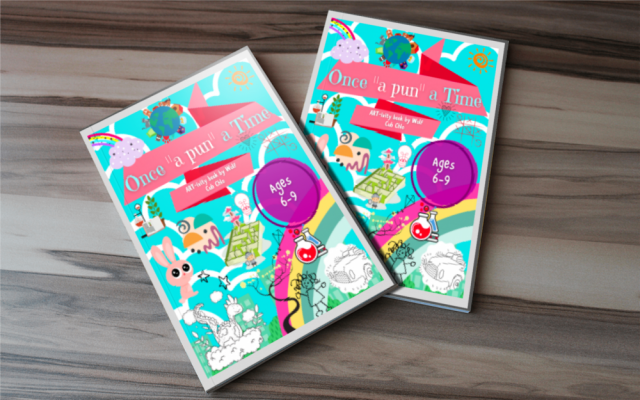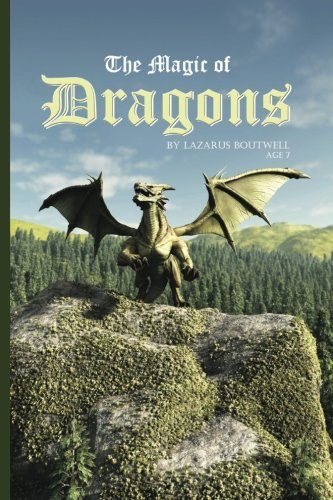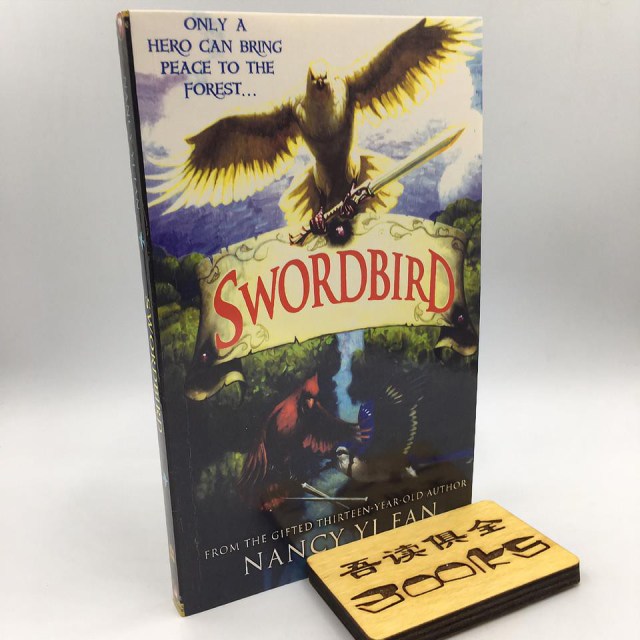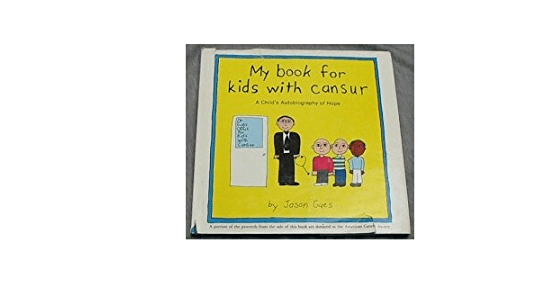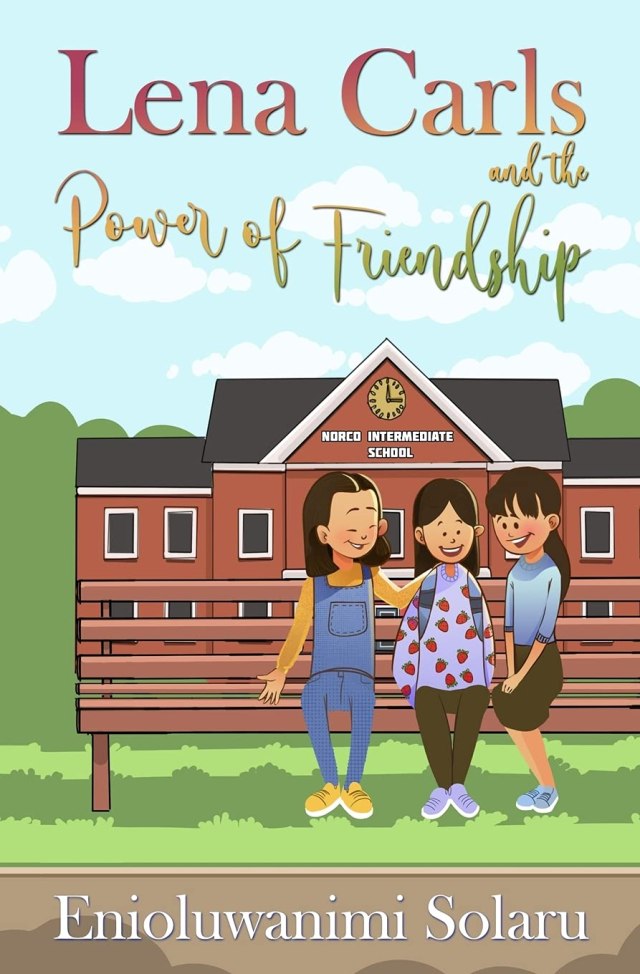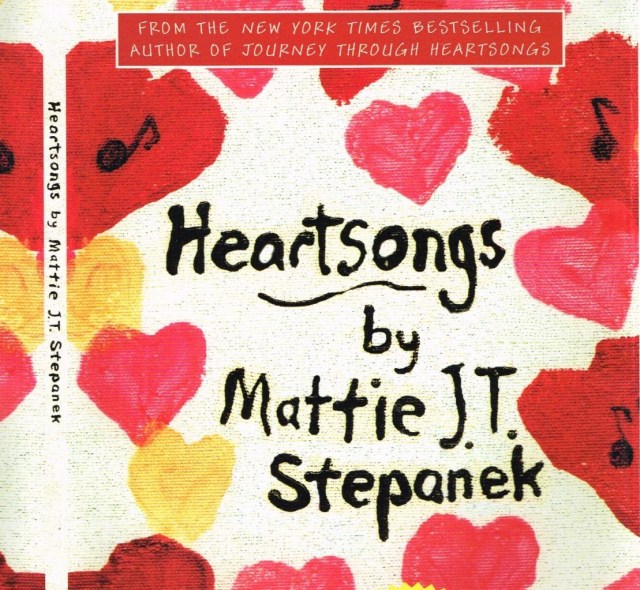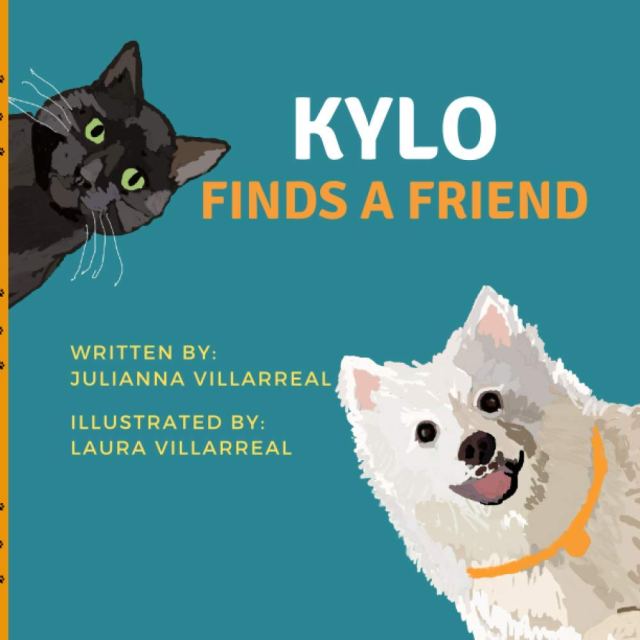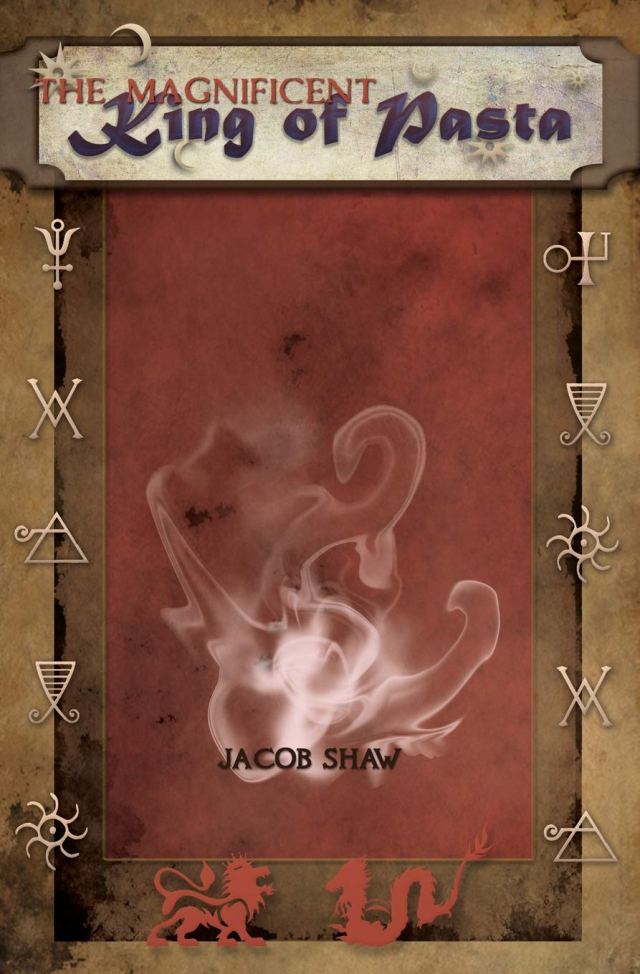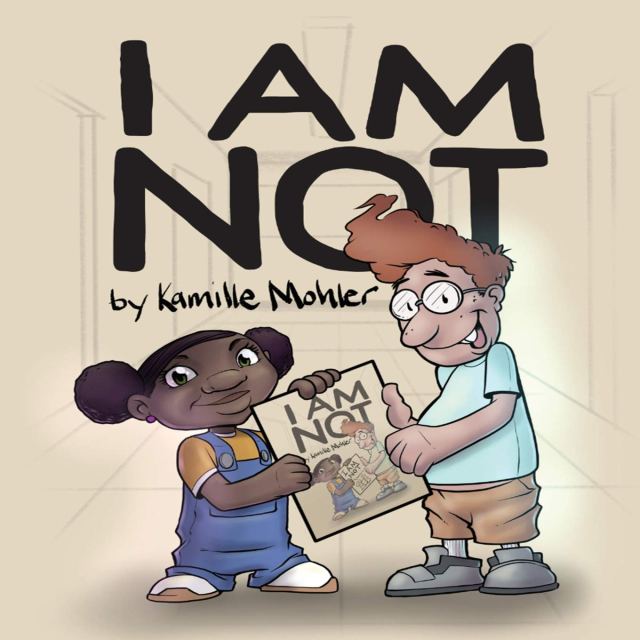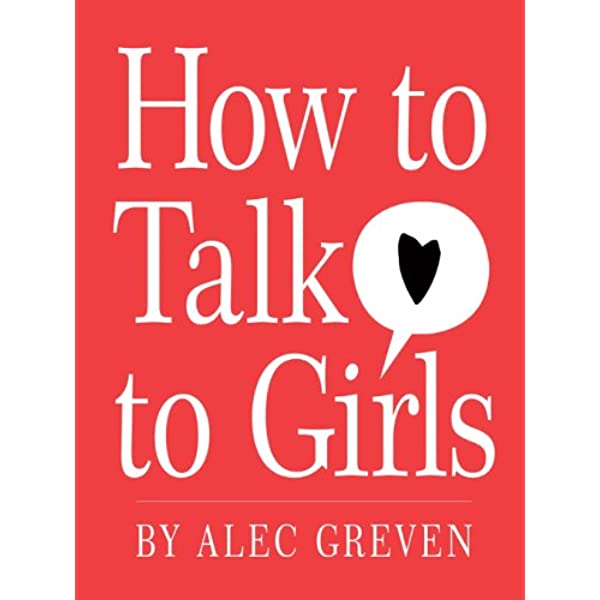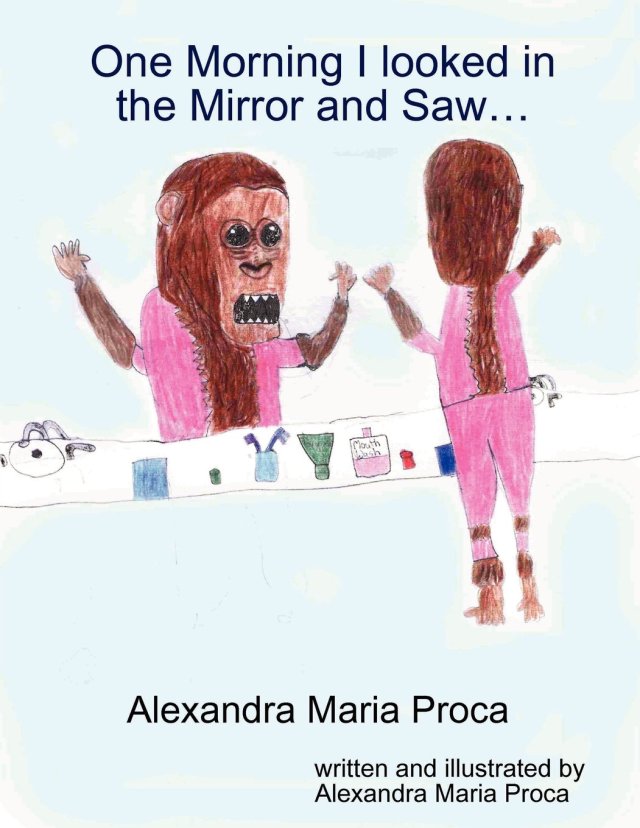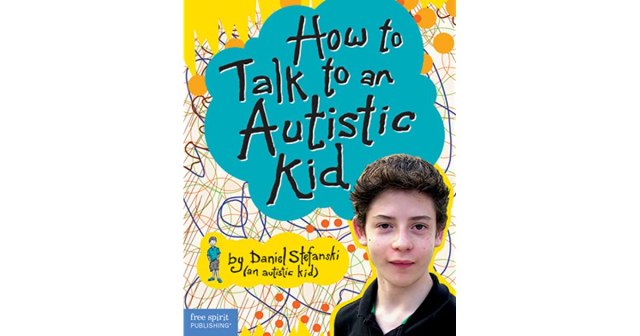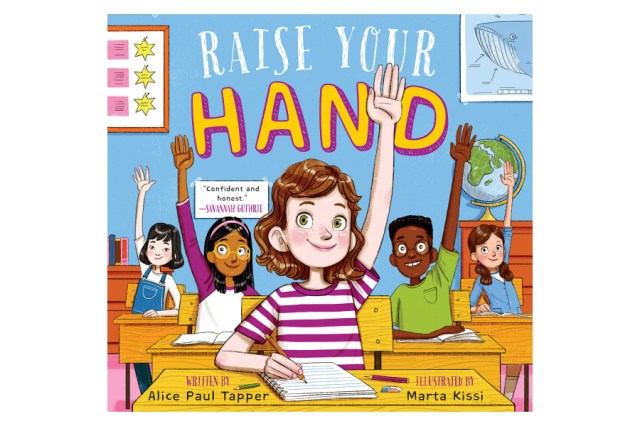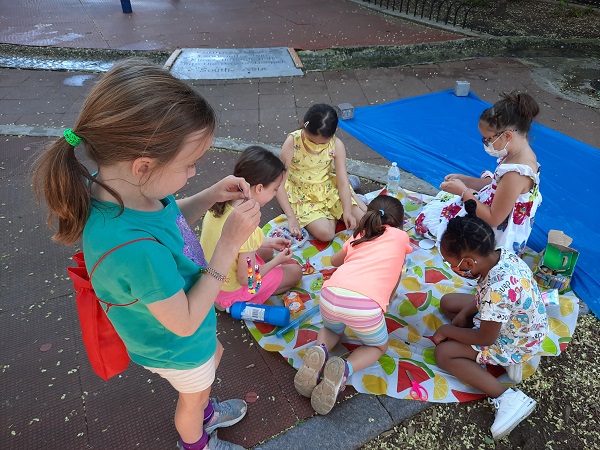
A year plus of pandemic turbulence has put friendships through the wringer. But the relationships that survive are pure gold.
My daughter cheerfully returned to full-time, in-person school this fall only to discover that COVID had shattered her core group of three best friends. One girl’s family fled the city, the second missed the first several weeks of school while quarantining, and the third left for her original school—she had only joined us last year because our school offered some precious in-person days.
As a result of this heart-wrenching, disorienting loss, my daughter kept bemoaning, “I don’t have any friends!”
“Well, that’s not true,” I retorted, listing off the myriad playmates she runs around with on the playground at school pickup.
“But those are Bethany and Kimberly’s friends,” Emily moped.
Oh, the trials of being a middle child. Apparently her siblings’ buddies—while super fun—weren’t filling the void left behind from the loss of her close peers. And yet, for the time being, it’s been more comfortable to tag along with these family friends than to forge new friendships of her own.
I’m guilty of it too. My best friends in the school realm are the parents of my oldest kids. Those time-tested friendships are irresistibly cozy when held in comparison to friendly but relatively new acquaintances I know through my younger children.
So, when another parent in Emily’s second-grade class organized a back-to-school get-together in Central Park, we immediately prioritized it on our calendar. This was our chance to finally meet the families we never crossed paths with last year during virtual schooling and intentionally shift some familiar faces into the friend zone.
My daughter seemed eager enough to attend the class picnic that we cut short a day of apple picking upstate to return in time. When we arrived, however, she suddenly stuck to my side like tacky glue, repeatedly refusing my promptings to join the groups playing dolls, stickers and soccer.
“These are just my classmates,” she murmured. “Not my friends.”
“Well, this would be a great chance to get to know them,” I ventured.
“I already know them.”
Ugh! The social butterfly in me cringed while she proceeded to be a stick in the mud. I also ached for my daughter’s heart, not wanting her to feel alone and unloved because of her skewed perspective on reality.
You see, when I spoke to Emily’s teachers at conferences last spring, they gushed about how Emily is such a kind friend that other students vie to partner up with her during class. But apparently Emily is blind to the fact that she is, in fact, surrounded by love.
These classmates have the potential to become close friends, but it would require some initiative on my daughter’s part. In my attempt to be a coach rather than a fixer, I determined to step back and let Emily make the next move.
The opportunity presented itself when, three days in a row, my daughter asked if she could sign up for an afterschool program. This has only happened one other time in her seven years of life, so I knew to take her request seriously. We talked through some options, and she settled on a program offered at our school building that mixes art and yoga.
When I picked her up after her first day, she quietly but happily shared her oil-pastel tiger and stories of playing Candy Land after class. I could tell her experience fed into her desire to have something uniquely hers, beyond the default relationships of classmates and siblings. Perhaps she’ll meet a kindred spirit while striking a Triangle Pose?
Things only got better as the week progressed and my daughter’s best friend finally returned from quarantine. In true friend-from-birth fashion, they picked right up from where they left off in June, trading snacks and bolting across the basketball court hand-in-hand. They conspired to win the school Readathon by staying up all night reading. They even planned a playdate for her friend’s belated half-birthday. They celebrated today, complete with the abundant giggles (and cupcake crumbs) we know and love.
When Grandma asked my daughter who she plays with at school, Emily immediately smiled and mentioned that friend. And in her bedtime prayer tonight, Emily thanked God that her friend came over to play. What a relief that this cherished friendship didn’t bite the COVID dust! I can’t wait to see how their bond continues to deepen this year and what new friends they’ll welcome into the fold.
My daughter’s transformation from gloom to joy in the last week speaks to the power of even one meaningful relationship. While some of us prefer a crowd, others like Emily thrive with a couple loyal friends.
I’m relieved to see my daughter emerging out of her friendship loss—an unfortunate yet inevitable part of life for which our kids need to be prepared. They will need to cope with loss in various forms long after COVID has removed its claws from our immediate circumstances.
It will be their ability to stay rooted in deep friendships (when they are lucky enough to find those gems) and the confidence to put themselves out there (making room in their hearts for new friends) that will truly enrich their lives.
As a song from my childhood wisely suggests, “Make new friends but keep the old. One is silver and the other is gold.”
